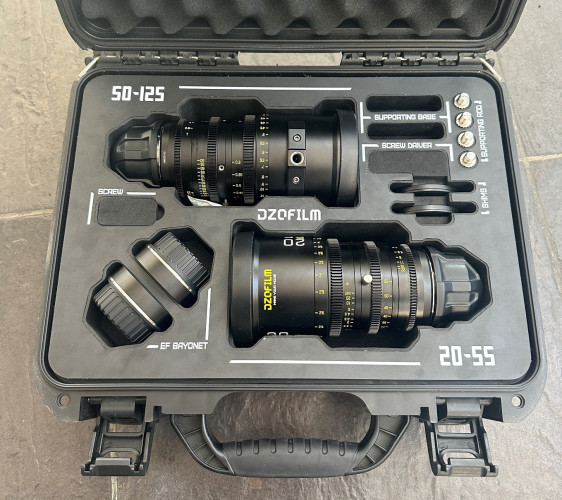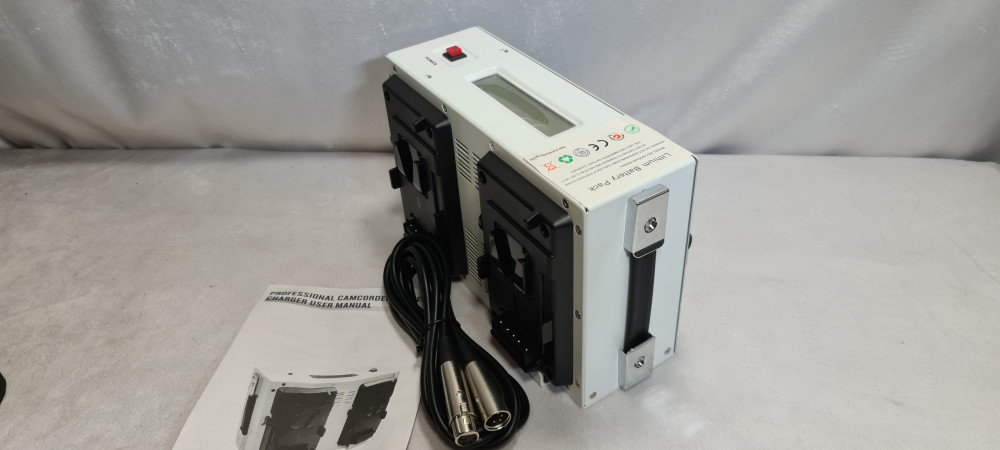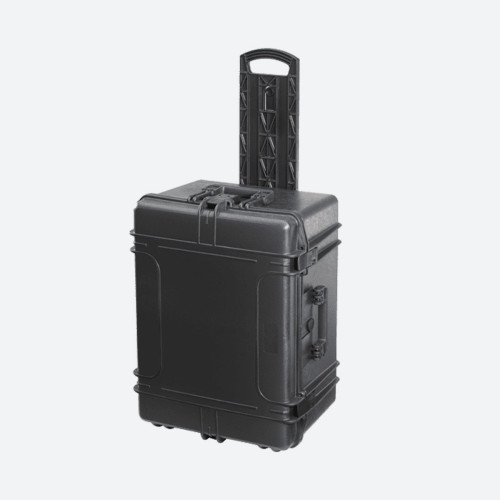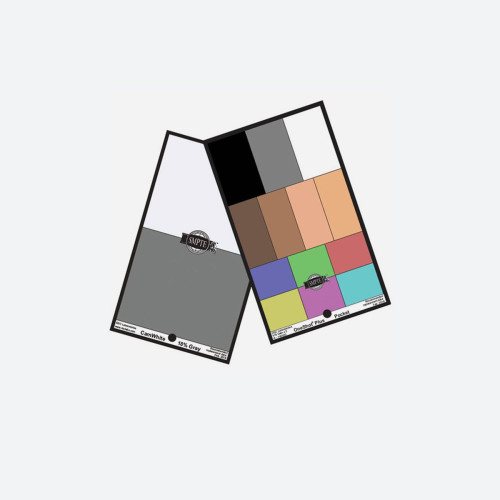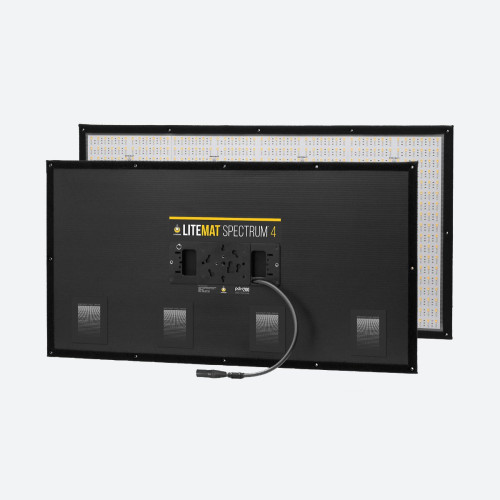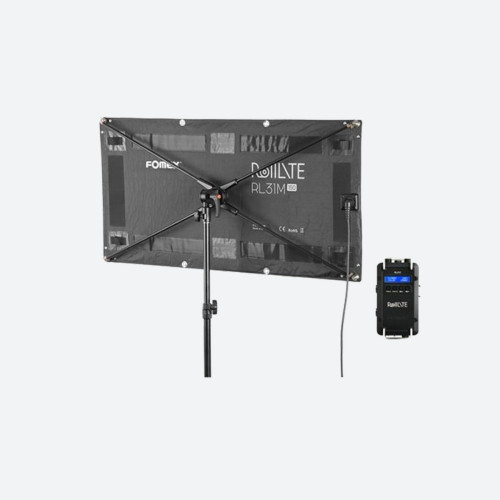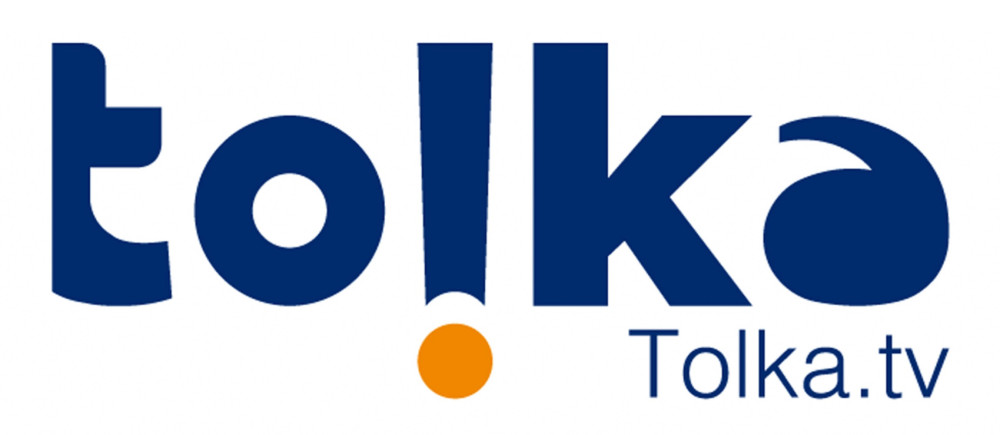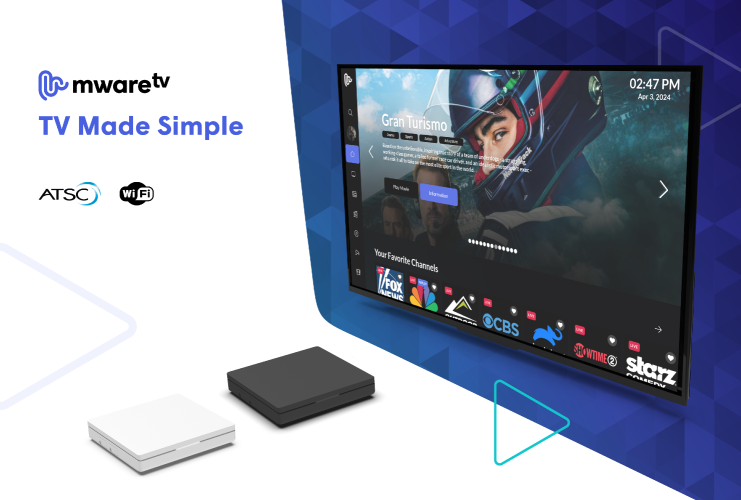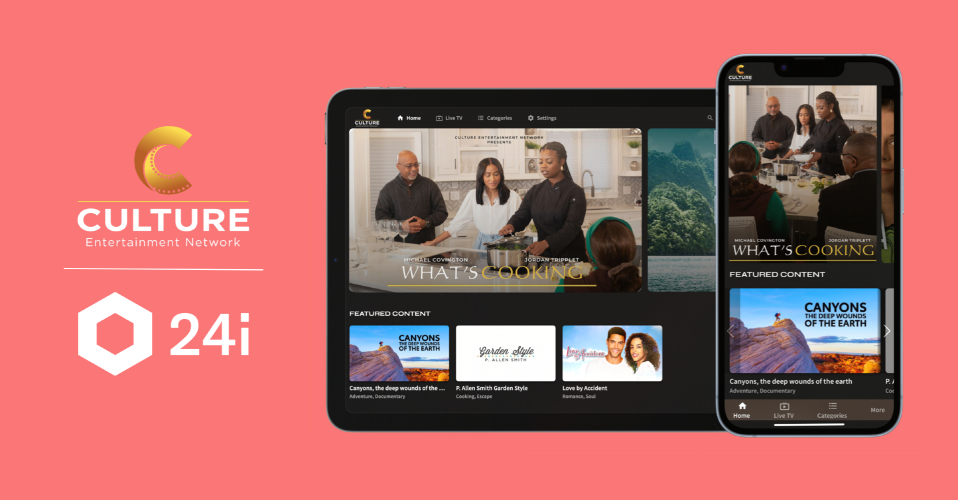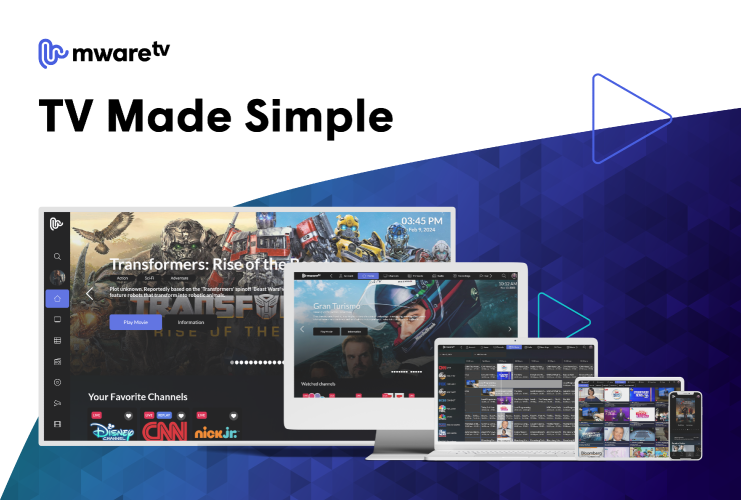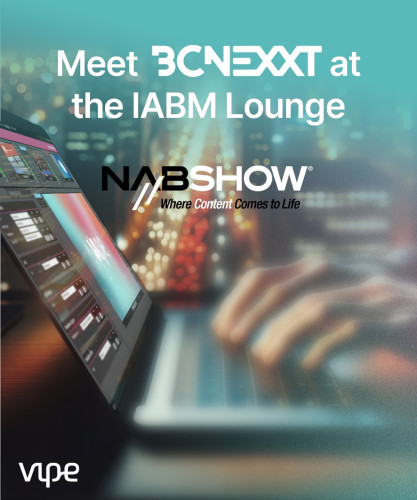by Lorna Garrett
Issue 84 - December 2013 Going over the top opens up boundless opportunities. Just make sure you work with someone who can help you over the potential pitfalls.
Not that long ago, if asked to envisage a family watching television, you probably would have pictured Mum and Dad seated on the sofa, while a couple of children lay sprawled on a rug, heads supported by their arms. All would have been in the same room, looking at the same television, watching the same programme only available from one specific broadcaster.
Now picture that same family today. Dad and daughter are watching football on TV while listening on Dads laptop to live fan commentary about the same game. Mum has her favourite movie playing on her tablet, while the son is watching a concert being streamed live to his mobile phone. You might say its all gone over the top ¦ and youd be right.
The vast choice available to viewers today might seem a bit excessive to some, but thats not whats meant by over the top now. The tech industry uses over-the-top or OTT in a much more literal sense, and even that definition has evolved over recent times. OTT now refers to anything carried over the Internet (such as video and television) that is not part of a providers own service. As a viewer, you can watch other offerings on any device you have connected up to the Internet: your laptop, tablet, smartphone, smart TV, or even a gaming console, such as an Xbox One. It can be delivered from the provider who could be the original creator straight to you the viewer. In other words, it is not coming from your Internet service provider. All those devices available to viewers have in turn meant they use them to watch what they want, when and where they want.
If youre in the media industry, this demand creates both opportunities and issues for you. Traditional broadcasters can use OTT to enhance what they have to offer to customers. For example, the UKs Channel 4, in a joint venture with Germanys Bauer Media, launched the Box TV service, offering music television programming free over the Internet. OTT can also open up a completely new way to generate revenue, such as Videoon- Demand (select what you want to watch), Catch-up TV (watch a show you missed), and interactive applications (such as online shopping).
However, traditional broadcasters arent the only ones taking advantage of what OTT has to offer. Social networks and content creators themselves are using OTT for additional opportunities to monetise their content. In other words, OTT means almost anyone can attempt to offer an OTT service. The opportunities are boundless.
So what do you need to be able to offer a high-quality, reliable OTT service that viewers will want to watch? Well besides good content, you have to consider five steps to get that content to your viewers: Ingest: You might think that sounds like eating, and youd not be far off. First you have to acquire, capture, or import the video and audio you want to send to your audience. Simplestream in London offers a media hub service to its broadcast and media clients, taking in numerous satellite channels simultaneously using a DVB-IP gateway provided by Teracue. You might even consider transmitting your own content direct from the source. For example, during the Olympics, many of the worlds leading news agencies uplinked live from their cameras using a system from LiveU that transmits video over cellular.
Ad-Recognition: Once you have collected the content you want to stream, sending it out over the Internet offers you the ability to target advertising to your audiences. For example, Culloma Technologies ad recognition and replacement service recognises advertisements in TV streams. It inserts markers into the stream to indicate the ad positions, which allows broadcasters to replace them with alternative ads all in a matter of seconds and undetectable to the viewer.
Stream: Next up, preparing the content to be viewable on whatever device the end viewer chooses. You cant simply send the same video format to each device. It needs to be converted (transcoded) from its original form to one the device can read. For example, Encompass Digital Media owns and operates broadcast facilities around the world. With live streaming and video-on-demand (VoD) use soaring, Encompass London needed a solution that seamlessly integrated its Live and VoD playout needs and do this for many clients at the same time. To handle both Live and VoD on the same platform, they chose to use the HERO product from Media Excel. This allowed them to manage the services for their many clients including Channel 5 which streamed two new live channels from the Big Brother House this year as well as daily VoD playout. You also need to ensure your transcoding solution is future proof and able to embrace new formats as they evolve, such as MPEG-DASH. Consider using a mix of hardware and cloudbased solutions too. Getting flexibility, scalability and versatility from your chosen transcoding platform is key. Distribute: Now you need to make your video stream available and distributed to your intended audience. You need to work with a content distribution network (basically a company that operates a large system of distributed servers) or and online video platform (a company that hosts and manages your video content for you). In 2012, Webcasting and live event solution provider Vualto worked with digital agency Five by Five and website designers Staak to create the firstever live advert for gamers. The event was created and streamed lived from Londons Covent Garden to their target market.
Deliver: And voila! Its there on the viewers laptop or phone ¦ well, whatever device they choose.
The technology already exists to take advantages of the many opportunities OTT presents. However, you must ensure you work with someone who has a strong understanding of digital video media solutions to meet the challenges: content rights; security (managing digital rights); having the necessary bandwidth; ensuring the quality of the content remains high all the way through the process; and, providing content to multiple devices (and ever-evolving devices). Most important is ensuring you have professional support on this unmanaged network.
So whats next for OTT? What will our fictitious family of viewers look like in another five years?
Theyll be demanding and receiving more convenience, freedom and empowerment in their viewing options. They will be able to watch whatever they want, whenever they want. Simply put: they will expect to be in total control of their viewing and interacting with their media. The end result will mean that content providers will have a more direct relationship them.
And just maybe that family will be interacting with each other again ¦ even if it is through the OTT applications on their devices.
OTT: Back to basics

Author: Lorna Garrett
Published 1st January 2014



